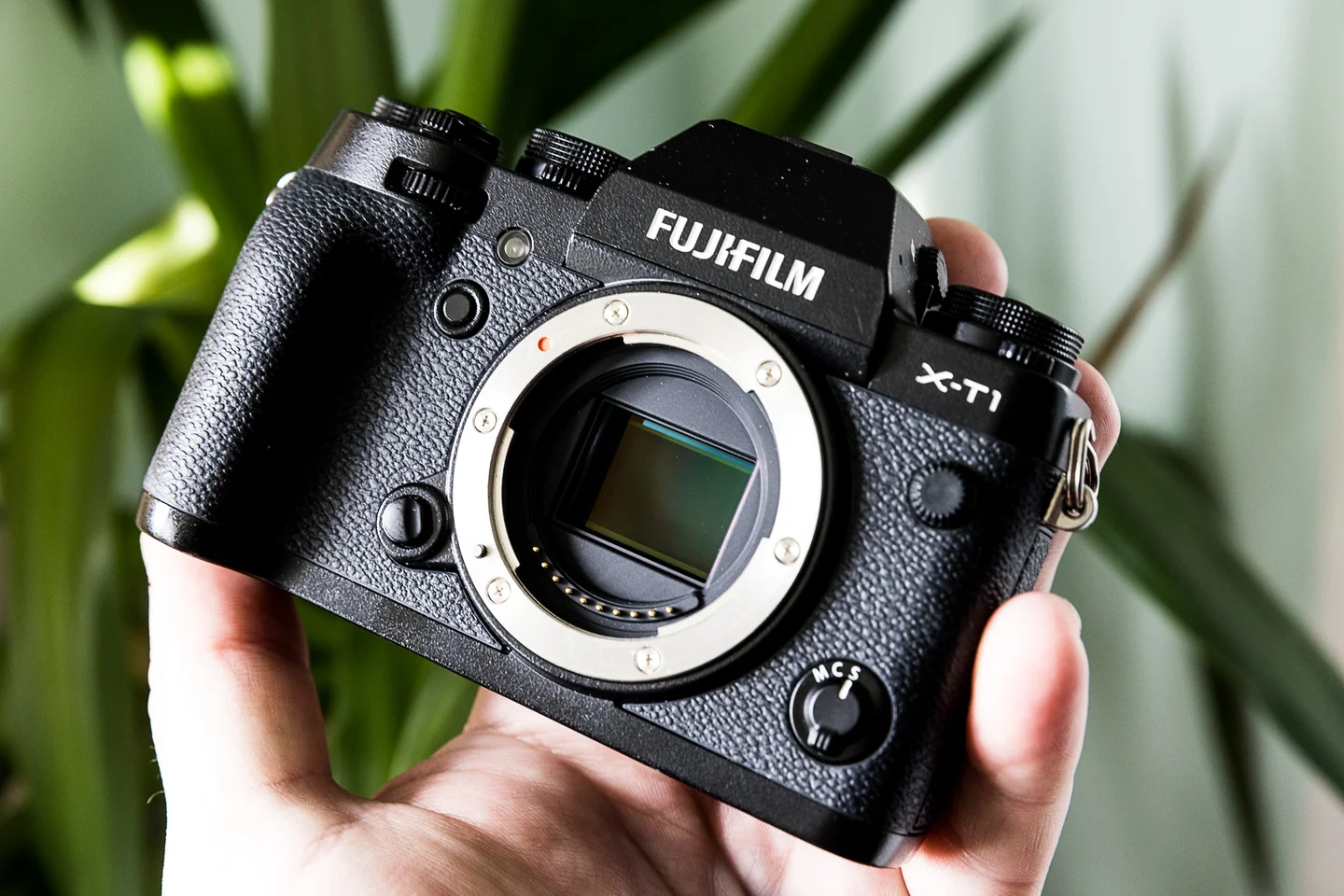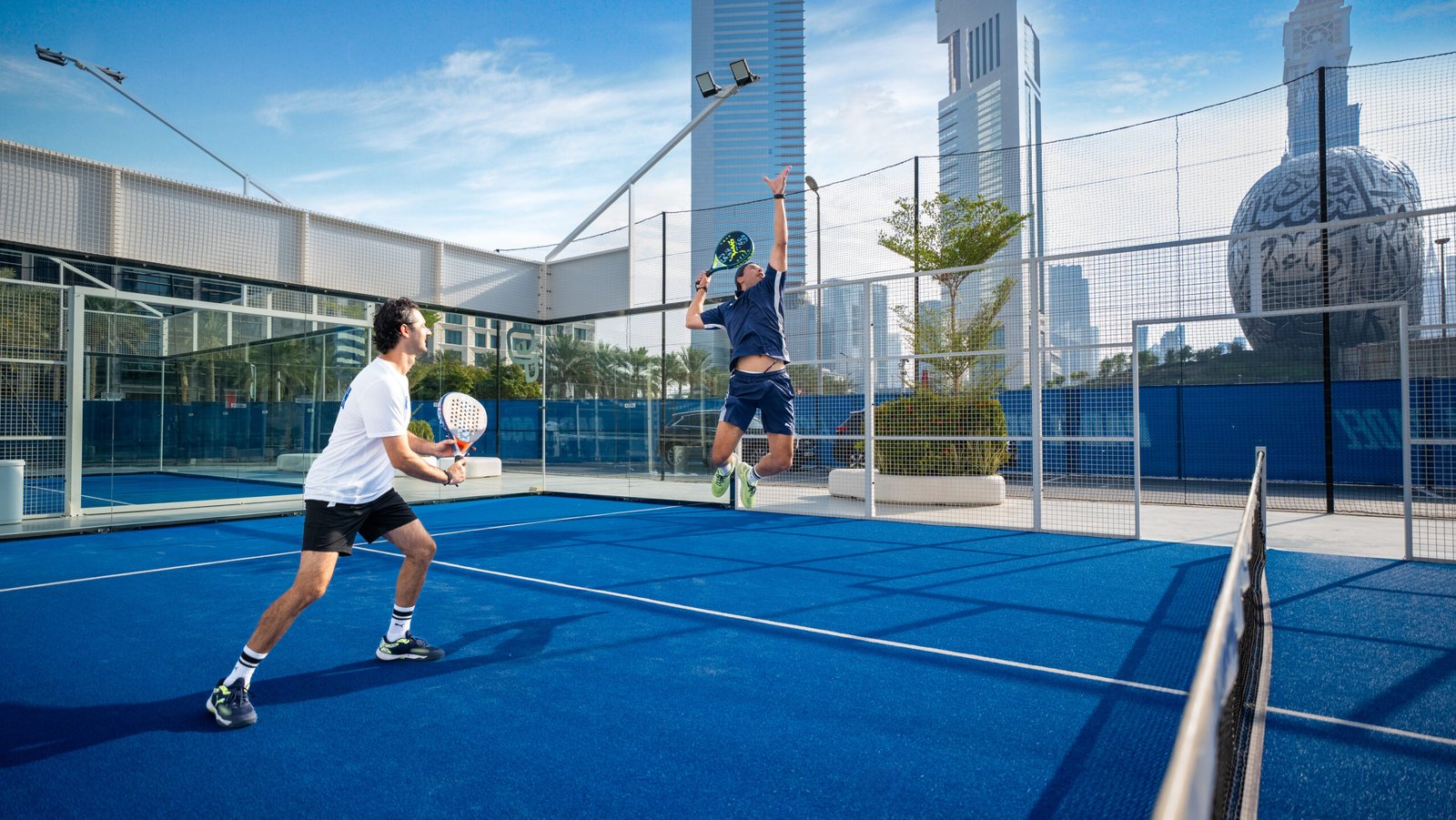With a focus on providing safe and engaging play spaces, choosing the right Playground Equipment is crucial for any recreational area. The materials, design, and functionality of the equipment greatly influence children’s physical and social development. This article aims to shed light on the latest trends and tips for selecting the best playground equipment to ensure an enjoyable and beneficial experience for children.
Importance of Playground Equipment
Playground equipment not only offers entertainment but also supports the physical, cognitive, and social development of children. Through play, children gain essential skills such as coordination, balance, and problem-solving. Moreover, playgrounds act as social hubs where children learn to interact with others, fostering communication and teamwork skills.
Current Trends in Playground Equipment
One of the emerging trends in playground equipment is the integration of natural elements. Many playgrounds now feature natural materials like wood and stone combined with traditional play structures, promoting a connection to nature while playing. This trend aligns with the increasing desire for more sustainable and eco-friendly recreational spaces.
Inclusive playground design is another important trend. Playground manufacturers are increasingly focusing on equipment that is accessible to children with disabilities. This inclusivity ensures that all children, regardless of their physical abilities, can enjoy the full benefits of outdoor play. Features such as wheelchair ramps, sensory play areas, and adaptive swings are becoming more common.
Safety Considerations
Safety is a paramount factor when selecting playground equipment. Modern equipment should comply with national safety standards, ensuring that surfaces are impact-absorbing and that all potential hazards are minimised. Regular inspections and maintenance of playgrounds are also integral to maintaining safety for all users.
Material Selection
The choice of materials for playground equipment greatly impacts its durability and maintenance. Materials such as high-quality plastics, powder-coated metals, and sustainably sourced wood are popular choices due to their longevity and low maintenance requirements. Furthermore, the use of non-toxic and environmentally friendly materials is increasingly preferred, reflecting the push toward sustainable development.
Design and Functionality
When considering playground equipment, one must assess the design and functionality of the equipment to ensure it meets the needs of the intended age group. Equipment should cater to a range of physical activities, from climbing to sliding, to support different types of play. Multifunctional equipment that provides various play opportunities suits different preferences and encourages creative play.
Space Optimization
Optimising available space is crucial for creating an effective playground layout. It is essential to plan the arrangement of equipment to maximise play value while maintaining safety and accessibility. Play areas should be zoned to accommodate different activities, allowing children to explore and engage freely without overcrowding.
Maintenance Tips
To extend the lifespan of playground equipment, regular maintenance is required. This includes checking for any damage, cleaning surfaces to remove dirt and debris, and ensuring that all moving parts are functioning correctly. Scheduled inspections help identify potential safety hazards and keep the playground safe for daily use.
Cost Considerations
Budget constraints often influence the choice of playground equipment. It is important to balance cost with quality and safety. Investing in durable and well-designed equipment can reduce the need for frequent replacements and repairs, resulting in long-term savings.
Community Involvement
Involving the community in the playground planning process can provide valuable insights into the needs and preferences of local families. Engaging with community members helps ensure that the playground serves as a beloved and frequently visited local resource.
Customisation Opportunities
Customised playground equipment allows for unique designs that reflect local culture or specific themes. This contributes to creating distinctive play environments that captivate children’s imagination and encourage repeated visits.
Weather Resistance
Considering the local climate is essential when choosing playground equipment. Equipment that is resistant to various weather conditions, such as UV-resistant finishes and corrosion-resistant materials, ensures longevity and aesthetic appeal throughout the year.
Environmental Impact
The environmental impact of playground equipment is increasingly a concern for designers and operators. Choosing sustainably produced equipment with components that can be recycled or repurposed aids in reducing the overall environmental footprint.
Technological Integration
Some modern playgrounds incorporate technology to enhance play experiences, integrating interactive elements with traditional equipment. This trend appeals to tech-savvy children and offers a novel way to engage them in outdoor play.
Future Outlook
The future of playground equipment is set to be shaped by technological advancements and an enduring focus on accessibility and sustainability. As the design possibilities continue to expand, playgrounds will remain relevant and exciting spaces for children to explore and enjoy.
In conclusion, selecting the best playground equipment requires careful consideration of numerous factors, including safety, design, materials, and community needs. By staying informed about the latest trends and implementing thoughtful planning, one can create an engaging, safe, and inclusive play environment for all children.





